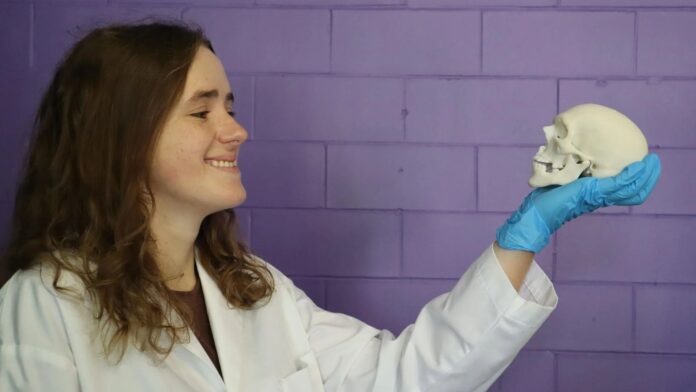The latest biopolymer nanocomposite material for bone grafts has been developed at the University of Waterloo. The University of Waterloo focused on offering optimal health and well-being via tech advancement, virtual care, and health data applications based on the institution’s Health Futures initiative.
The new material can be used in 3D printers to create customized bone grafts for patients requiring major reconstructive and skeletal repair surgery.
This biopolymer nanocomposite material would be strong and compatible with new bone tissue. Using this material could reduce the risk of infections, eliminate the need for metal plates, and increase the chance that the patient’s body will successfully accept the graft.
The team is working on enhancing the biopolymer nanocomposite material’s functional strength. According to the researchers, the material combines nanoparticles that mimic the composition of bone minerals while ensuring its strength. Bone cells should grow and replace biopolymer nanocomposite with new bone. This way, the body will excrete the biopolymer nanocomposite.
Dr. Thomas Willett, the Systems Design Engineering Department professor says “We’ve created a material that is strong, 3D printable, and compatible with the potential to become new bone tissue. We can achieve the patient-specific geometry needed to reconstruct bone defects using modern technology.”
Acceptance by the patient’s body is a massive challenge during medical implants. Currently, bone and metal implants are used for skeletal repair and reconstruction. Bone grafts cannot be mass-produced as they must be shaped per the patient’s requirements. However, the first tests performed so far revealed bone-cell compatibility.
The professor from Waterloo Engineering and director of the biomedical engineering UG program, Dr. Maud Gorbet explains “Any material implanted in the body elicits a response. Our tests show that the biological response of bone cells to our biopolymer nanocomposite outperforms traditional methods. They’re adhering, proliferating & retaining their behaviors, which is exciting.”
The researchers are now seeking funding for additional trials and regulatory approvals to develop the technology for clinical use.
Author: Nagarjun M
Remember, you can post free-of-charge job opportunities in the AM Industry on 3D ADEPT Media or look for a job via our job board. Make sure to follow us on our social networks and subscribe to our weekly newsletter: Facebook, Twitter, LinkedIn & Instagram! If you want to be featured in the next issue of our digital magazine or if you hear a story that needs to be heard, make sure to send it to contact@3dadept.com.






